With Christmas or Kalėdos only a few weeks away, it seemed like a good idea to remember and learn about Lithuanian traditions. I often get questions like “What are your Christmas traditions in Lithuania?” and wished I could have satisfied people’s curiosity better, so I went on in-depth research about our traditions.
Some of our customs such as tree hanging or gift-giving are pretty similar to neighbouring European countries. But there are some that are particular to us. Throughout this post, Rasa Paukštytė-Šaknienė, who specialises in all-things Christmas introduces us to its traditions. From the religious origins of Christmas to why we eat 12 dishes and how a modern-day Lithuanian family residing in Vilnius celebrates Christmas in 2020.
Pour yourself a cup of hot cacao, coffee or a glass of mulled wine, and have a read. In case someone asks you, now you have all your Christmas facts ready 😉
The origins of Christmas
Probably all Christians know that Christmas is the birthday of Jesus Christ, a liturgical celebration. This is how the holiday was often described by the older generation, usually emphasizing that it was an important holiday for them. Christmas, like Easter and Pentecost, was considered the biggest holiday of the year.
Back in the second decade of the 20th century, Christmas was celebrated in Eastern Lithuania for four days. A month-long fast ended on Christmas Day, and the fun began on the second day of Christmas, often lasting as much as 12 days until the Day of the Three Kings.
For farmers, it was a time of rest called tarpušvenčiai (between Christmas and Epiphany day). And the evenings of those days were called—holy evenings. During this period, it was forbidden to work after sunset. In the chronicle of the Jesuit Order of 1605, it was written that the peasants did no work for the entire 12 days, hoping that their sheep would be healthy.
Until the middle of the 20th century, women in the villages of eastern Lithuania avoided doing light work—spinning, sewing, patching. In the evenings, young people gathered in a more spacious village home “lt. pirkia”, even on ordinary days, and had parties or even feasts. After all, people could neither dance nor have fun during the whole Advent.
Mothers would also come to see their daughters having fun at parties, while men gathered to play cards. Kūčios was not called a holiday—it was simply known as Christmas Eve. Christmas, like St. John’s Day, began to be celebrated on the eve of the New Year, which was the culmination of that celebration.
Old Lithuanian Christmas traditions
According to Juozas Kudirka, a researcher of this festivity, more specific knowledge about Christmas customs in Central Europe can be traced back to the 17th century. Whereas in Lithuania, a more detailed picture can be formed only from ethnographic descriptions of the late 19th and early 20th centuries.
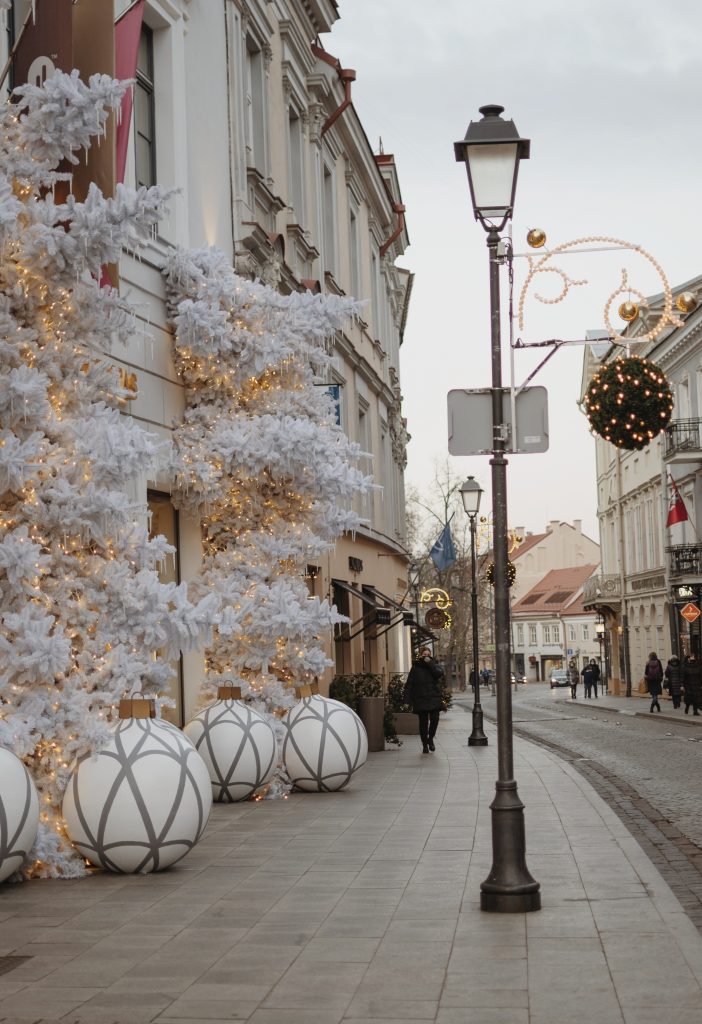
Christmas Eve and Christmas were always considered a family holiday, but mercenaries also sat down at the common Christmas table, leaving for the home only after Christmas. Special attention was paid to the poor—beggars were helped, as well as poor and lonely neighbours were invited to the family’s Christmas table.
Usually, a place was left at the table for the deceased family members, with or without food. Also, marriage and lifespan predictions were widespread throughout Lithuania on Christmas Eve. Christmas presents and Christmas trees in peasant houses began to spread between the wars, as a phenomenon of modern culture.
Different celebration across Lithuanian regions
The festivities varied in different parts of Lithuania, and each family had its own traditions. There is certainly a lot that can be talked about the regional diversity of the festivity. To begin with, the different customs of the Lithuanian rural people professing the Catholic and Lutheran religions that should be distinguished.
At the end of the 19th century and the beginning of the 20th century, Lutherans (Western and Minor Lithuania) and the Reformed (Biržai region) did not fast during Advent. Their Christmas Eve with their meals was not much different from Christmas Day. For example, the Lutherans of Tauragė region baked vėdarai or a pug with pork during Christmas, and in Paskalviai—peas with meat sauce.
In different regions of Lithuania, Christmas Eve also differed among the Catholics themselves. According to J. Kudirka, part of West Lithuanians (in Žemaitija ethnographic region) from Akmenė, Skuodas and Plungė districts did not prepare Christmas Eve at the beginning of the 20th century. In the western districts of Lithuania, Christmas was celebrated shorter—only 2 or 3 days.
Regionally, youth ceremonial connections can be distinguished as well. For example, in Northern Lithuania, from the second day of Christmas, young men were gathered and walked dressed in gypsy clothes. Whereas the young people in Suvalkija asked Šyvis (horse) to “dance” for 12 days, which is a costume consisting of one or two people, resembling a horse and was walked by a large group of people also dressed in costumes. For a holy song, and even more often for a good word and wishes, these young men were invited and fed. It was also believed that their visit would bring happiness.
On January 6, the Walk of the Three Kings took place in almost all of Lithuania. The biblical king was accompanied by an angel, a devil, a star. At the beginning of the 20th century, the procession of the three kings of Vilnius Lithuanians was accompanied by soldiers and even Lithuanian pagan priest. The three kings signified that it was already the end of the Christmas period.
How Christmas is celebrated today
The city is generally characterized by ethnic, confessional, social and cultural diversity. In 2016, an ethnological study was published, in which we analyzed how various holidays, including Christmas, are celebrated in Vilnius families. After Lithuania regained its independence, since 1990, the first and second days of Christmas have been declared non-working days, and since 2012, Christmas Eve.
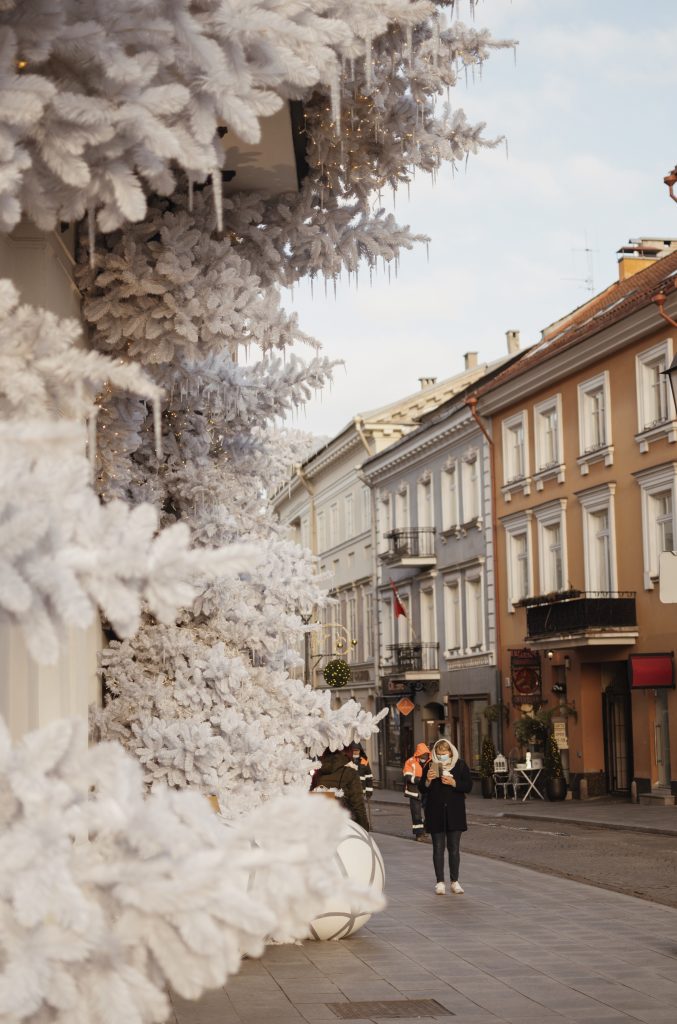
Research has shown that until now, Christmas is perceived as a special holiday that not only brings family or relatives together but at the same time requires preparation and the creation of a certain festive atmosphere. From wrapping Christmas presents, decorating a Christmas tree and home to cooking traditional dishes. Usually, the whole family is involved in the preparation process.
Today, one of the essential attributes is the holiday tree, but its history is not so old. According to researchers in written sources, the Christmas tree was mentioned in Germany in 1605 and later spread to other lands. In Lithuania, the first Christmas trees were mentioned in written sources in 1853.
The first Christmas trees with games, gifts and decorations were started in Russian schools. It is said that in 1896 the trees were decorated in Salakas, Skaudvilė and Ukmergė. During the interwar period, the Christmas tree began to spread not only in the city but also in the villages.
However, all this was perceived as a new tradition, which is why society accepted and liked it differently. Over time, its decorating traditions have also changed. In the past, they were decorated with candy, apples and handmade toys.
Although there are now a wide variety of toys for Christmas tree decoration, some of Vilnius residents have kept or returned to their production of toys, sweets or gingerbread cookies used for decoration. In Vilnius families, the Christmas tree is decorated at different times and most of them prefer a live Christmas tree.
Christmas presents in Lithuania, as in many European countries, are related to the custom of decorating a Christmas tree. At the beginning of the 20th century, the tradition of giving presents to children began to spread, and after the First World War it gradually became popular among adults too. Back in the days, gifts were nuts, apples, rolls, which were given to children, and later mothers also started giving gloves, sweaters, and so on.
Recently, the most popular gifts for children are toys (depending on their age). And there is a huge variety among adults (from cosmetics to theatre tickets). It is interesting that recently some Vilnius residents started to surprise their family members and relatives with handmade gifts rather than purchased ones. Arguing that this gives more individuality because, with each gift, a certain wish for a particular person is also broadcasted.
Until now, special attention has been given to Christmas eve dinner. According to J. Kudirka, until the middle of the 19th century, people from all regions of Lithuania usually gathered at the Christmas table when the Western Star appeared in the sky.
The most honourable place at home called krikštasuolė—was dedicated to parents, grandparents and great-grandparents. After spreading the hay, the table was covered with a new white linen tablecloth, candles were placed at the end of the table, next to kalėdaičiai and the cross.
In today’s city, for many families, the table is also covered with beautiful tablecloths, decorated based on a tradition inherited from parents, and new practices also emerging. Most spare no creativity, time or money.
Christmas dinner is started by the oldest member of the family, only a very small part allows the youngest or any member of the family to start the dinner. One of the most significant surviving rituals to start Christmas Eve dinner is prayer and sharing a Christmas wafer “lt. kalėdaitis” with those gathered at the festive table.
Kalėdaitis has long been considered a symbol of family unity, harmony, and has a religious connotation. Sharing means the desire for good relationships in the family. The words of thanksgiving and blessing take place during dinner. There is still a tradition of remembering the dead of the family.
From ancient times, Christmas Eve was also associated with the predictions of the future. In a large number of families, they are known and practised (pulling straw from under a tablecloth, marital predictions, etc.) to this day. According to people living in Vilnius, rituals often unite a family and are fun entertainment.
Traditional Lithuanian Christmas dishes
Although Lithuania is not large, different dishes have been produced in different regions of Lithuania in the past. The usual dishes of Christmas Eve, poppy milk, herring, fish, mushroom dishes, oat and cranberry kissel, peas, and wheat were common dishes in the whole of Lithuania from the end of the 19th century to the first half of the 20th century.
Meanwhile, in the first half of the 20th century in Vilnius, we had herring, other fish, peas, fish or mushrooms, crushed potato pancakes, pancakes with filling, kissels, Christmas cake (wheat grains with honey and cinnamon), poppy milk, fruits and other delicacies.
When we asked the people of Vilnius to list the meals and drinks that are now used to unload the Christmas table, we received a sufficiently wide range. For some, it was important to have 12 dishes on the table, but for others, it wasn’t as relevant today. According to researchers of this celebration, the prevailing interpretation of the number of dishes is that Christ had 12 apostles and the year has 12 months.
In order for the next year to be full, it is necessary to set a dish for each month. It was also believed that the more meals there were on the Christmas table, the more abundant the table would be in the coming years. However, in the past the number of dishes had differed: some housewives prepared 5-6, others – 9 dishes, and in Central Lithuania, they also served 13 dishes.
A study of Vilnius residents showed that flour and grain dishes dominate on the Christmas table. Fish (including herring) takes second place. And among the most important dishes: for Lithuanians kūčiukai, for Poles – fish, mostly carp, and for Russians, celebrating Christmas on the 7th Of January, herring products. This shows that not everyone celebrates Christmas at the same time, and sometimes several times, in confessionally mixed families.
The first day of Christmas has long been considered a day of peace and family: people went to church, returned to eat festive meals, sang Christmas carols, and rested. The hostesses prepared Christmas meals for Christmas Eve and warmed them in the oven. Most of the interviewed Vilnius residents now spend the first day of Christmas at home and prepare meals especially for this day, which are different from Christmas dinner.
Meat dishes are mostly made, fried chicken stands out for its popularity. Although it is popular to roast goose, whole or part of a turkey, duck, or cook pork. For most, the second day of Christmas is more about not spending a quiet rest at home, but visiting relatives, meeting friends or just taking a walk and spending time in the city.
VP: Thank you Rasa Paukštytė-Šaknienė for sharing such interesting and valuable information with us! Rasa is a Doctor of Humanities, working at the Lithuanian Institute of History, Department of Ethnology and Anthropology as a Senior Research Fellow.

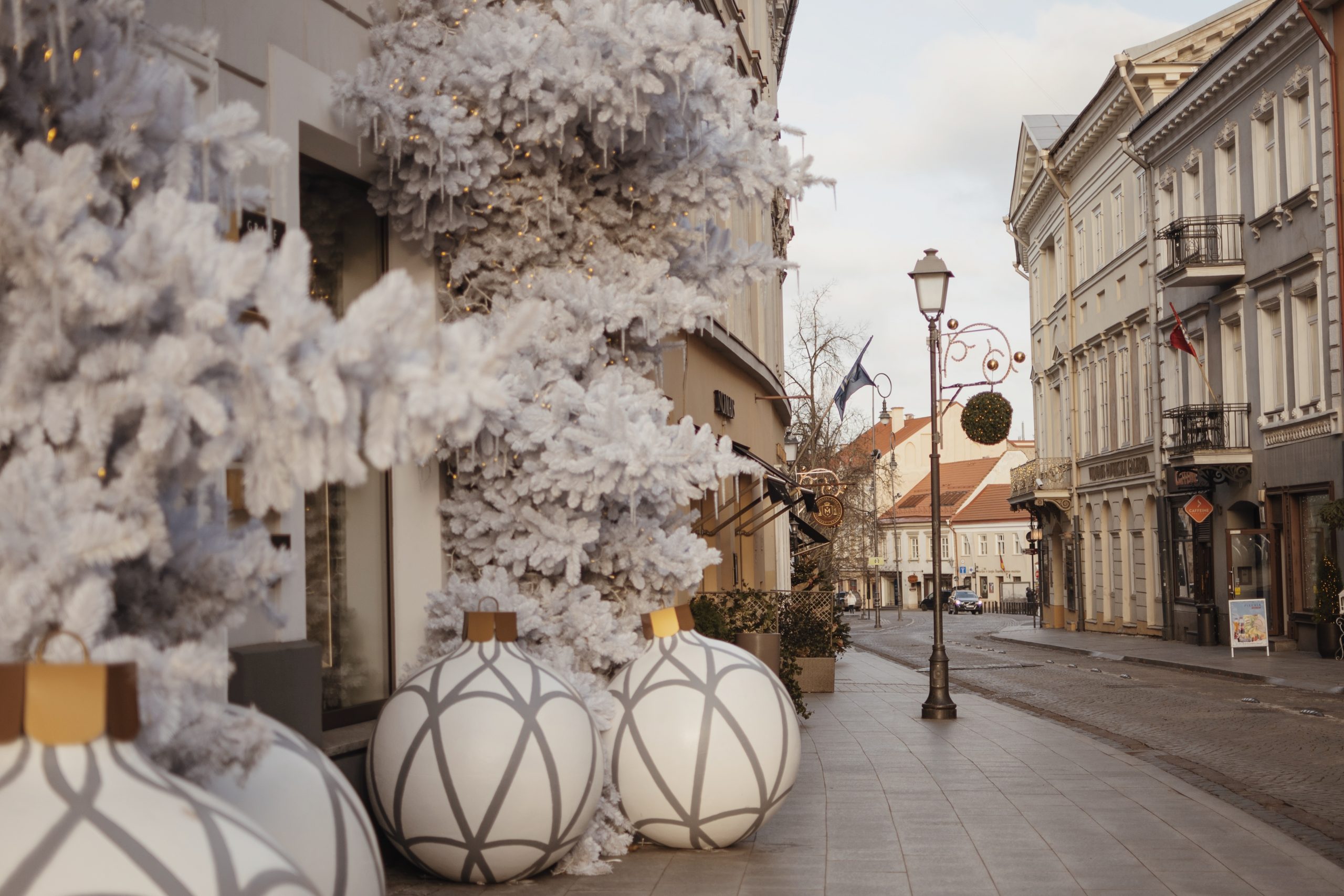
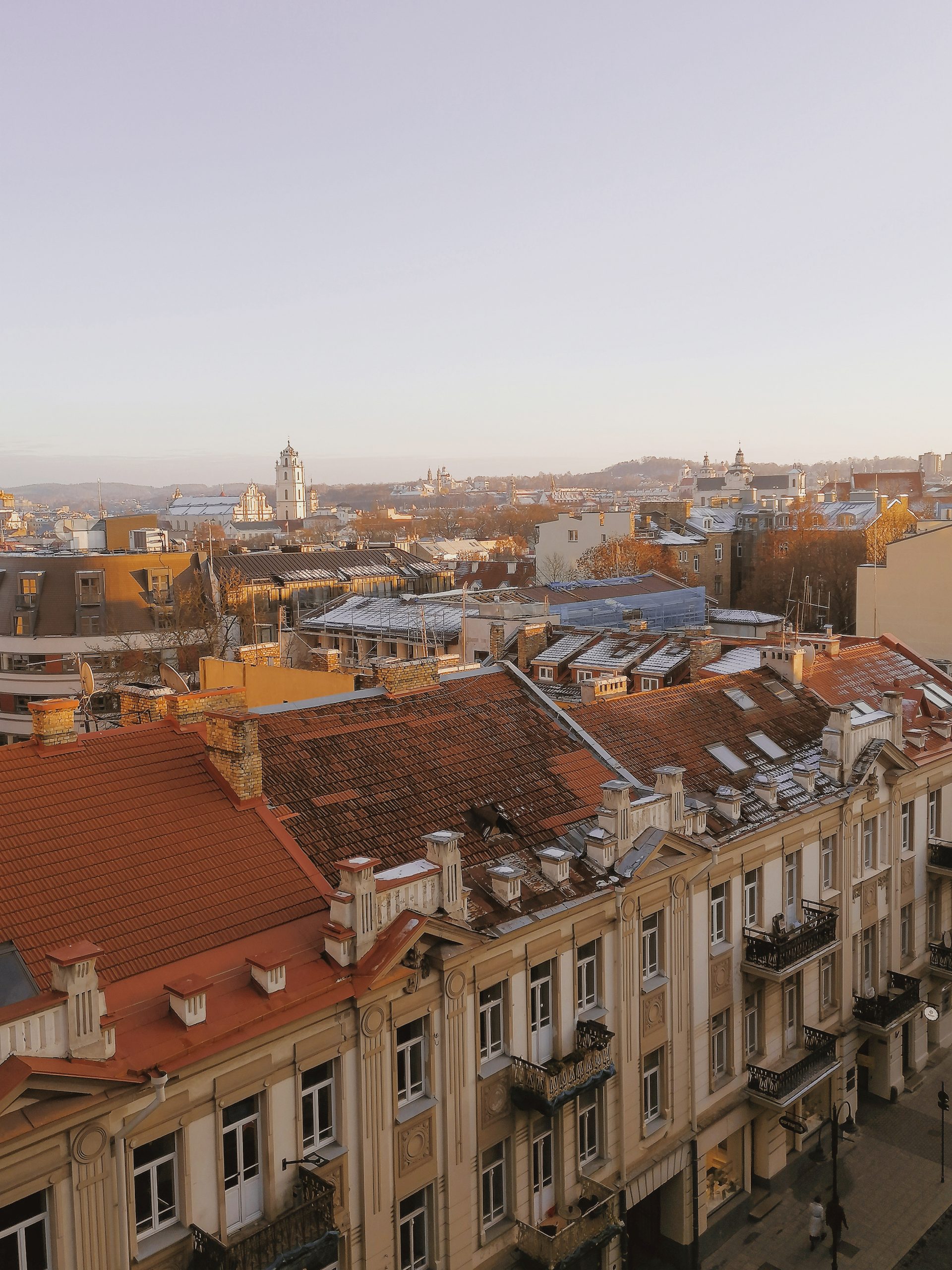
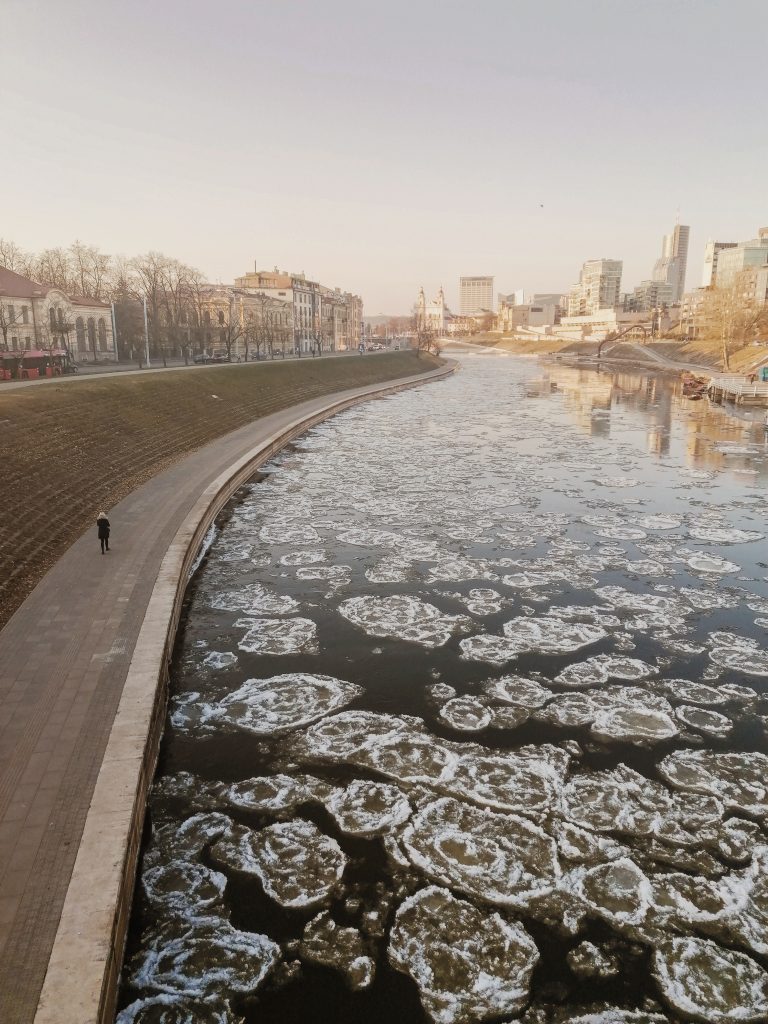
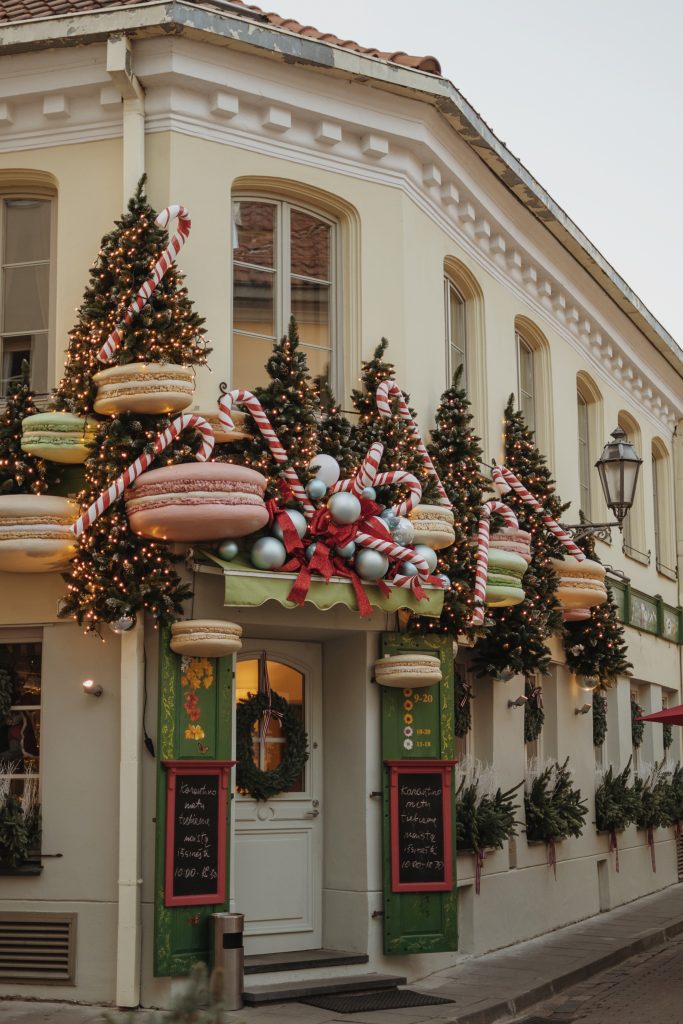
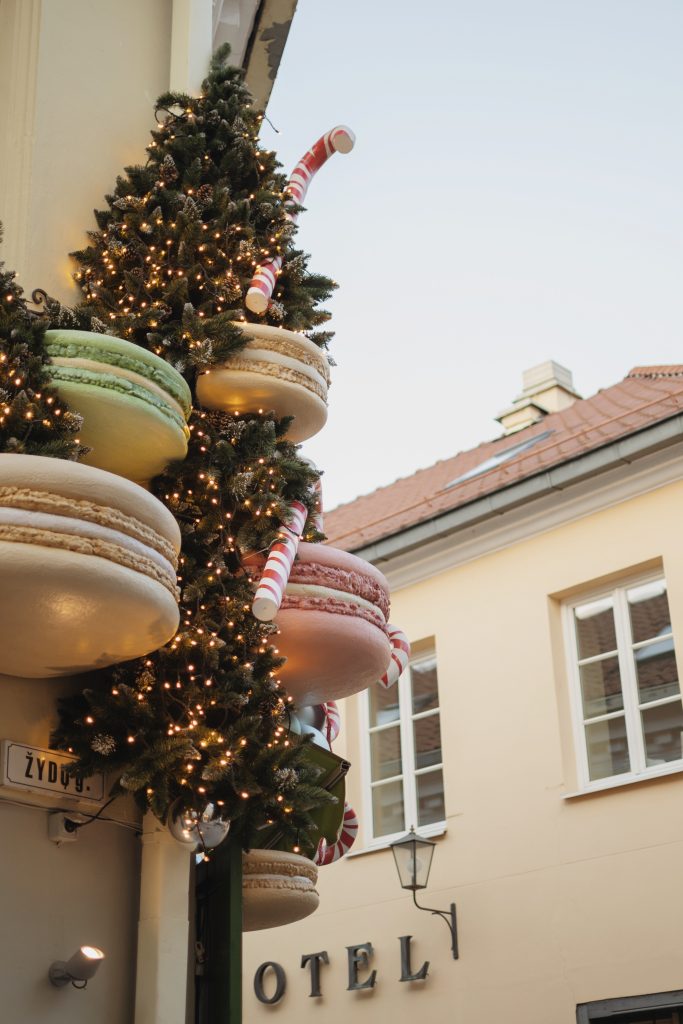

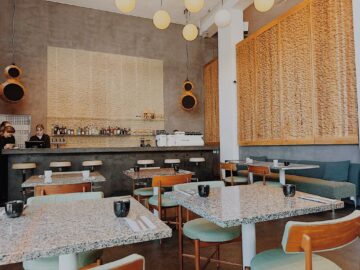
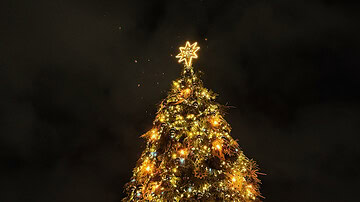
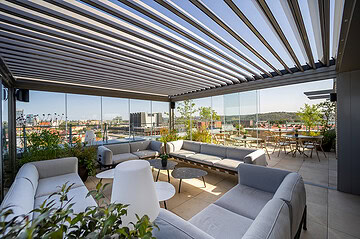

Pingback: 5 Cosy Christmas Spots in Vilnius - Vilnius Playground
Pingback: Exploring Tallinn's Christmas Market
Pingback: 4 Reasons to Visit Vilnius during the Christmas Season | VP
Pingback: Snacking on Pinecones, with a scoop of EU News - Baltic Capital Partners